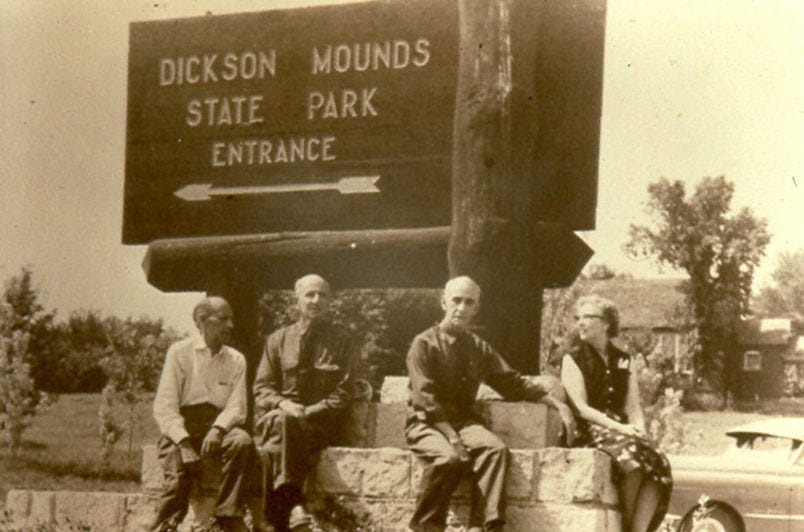How quantum physicists flipped time (but also didn't)
Physicists have coaxed particles of light into undergoing opposite transformations simultaneously, like a human turning into a werewolf as the werewolf turns into a human. In carefully engineered circuits, the photons act as if time were flowing in a quantum combination of forward and backward. “For the first time ever, we kind of have a time-traveling machine going in both directions,” said Sonja Franke-Arnold, a quantum physicist at the University of Glasgow in Scotland who was not involved in the research. Regrettably for science fiction fans, the devices have nothing in common with a 1982 DeLorean.
Minnesota teen has slept in his backyard for nearly 3 years just for fun
For more than 1,000 nights, Isaac Ortman, 14, has slept beneath the stars in his backyard in Duluth, Minn., including on a night when the temperature dipped to minus-38 degrees. What started as a whimsical self-challenge at his family’s cabin about 30 miles from home when he was 11 is now a nightly routine that Isaac expects he’ll continue through high school — and maybe longer. “I don’t see it ending anytime soon. I might even keep going through college,” said Isaac, who is a Boy Scout. “It’s a lot of fun, and I’m not ready to stop.”
Acting out dreams is a predictor of Parkinson's and other disorders
Alan Alda was running for his life. The actor, best known for his role on the television series M*A*S*H, wasn’t on a set. This threat was real—or at least it felt that way. So when he saw a bag of potatoes in front of him, he grabbed it and threw it at his attacker. Suddenly, he was in his bedroom, and the sack of potatoes was a pillow he’d just chucked at his wife. Acting out dreams marks a disorder that occurs during the REM phase of sleep. Apart from being hazardous to dreamers and their partners, scientists say RBD may foreshadow neurodegenerative disease, primarily synucleinopathies—conditions in which the protein α-synuclein (or alpha-synuclein) forms toxic clumps in the brain.
The legend of Frank Kuiack: Algonquin’s last traditional fishing guide
Ontario’s Algonquin Park lost its last traditional guide last year, but the legacy of Frank Kuiack remains. For 76 years, Kuiack shared his passion for the nearly 8,000 square kilometers of Algonquin Park wilderness and extensive knowledge of its more than 1,500 lakes with thousands of visitors. At one time, the Park had more than 140 guides. These experienced outdoorspeople were hired by some of the one million annual visitors to help navigate the Park’s abundant lakes, and angle for brook and lake trout, smallmouth bass, and 50 other species of fish. Over the years, the number declined until only Kuiack remained.
The legend behind our love of coffee
How did coffee become so popular in the Middle East? Benjamin Moseley, eighteenth-century physician and early anti-vaxxer, offers an origin story for coffee culture in the expanded fifth edition of his Treatise Concerning the Properties and Effects of Coffee (1792). One night a Yemeni goat herder found his flock restless. The herder summons a religious official from the local mosque, who notices that the goats had foraged on shrubs and berries. The man went home and steeped himself a cup, and soon he too “began to dance and frisk about as the goats had done”. Later, the man’s thoughts turn back to God, and he realizes that this concoction would “be an excellent thing to keep the Dervishes awake, when their duty obliged them to pray after dinner.”
A tourist attraction with the open graves of Native Americans became a museum
When William Dickson moved to Fulton County, Illinois in 1833, he purchased a piece of land overlooking the Spoon and Illinois rivers. The Indian Removal Act of 1830 had exiled most Native American tribes from the state, but buried throughout much of Fulton County were at least 3,000 grave mounds and remnants of villages. Dickson and his family excavated at least 234 burials and opened the site to the public, and chose to leave the burials as he found them in the ground. The novelty of seeing the dead located in situ helped make the site a popular Illinois tourist attraction billed as Dickson’s Mound Builders Tomb, or what’s known today as Dickson Mounds Museum.








